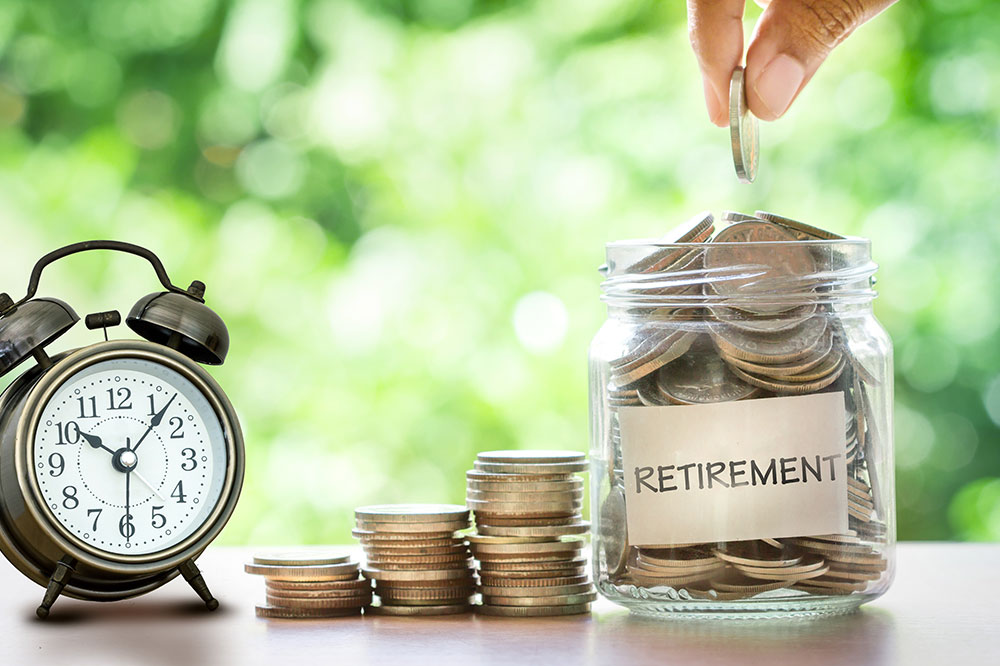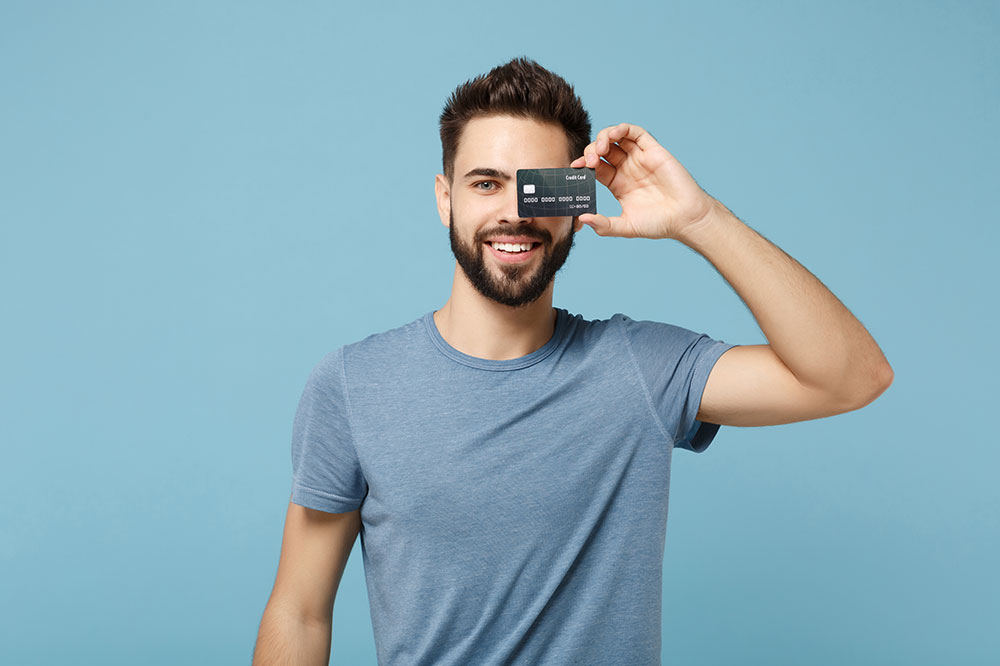4 foods to avoid to manage hemophilia symptoms

Hemophilia is a disorder in which people experience frequent and prolonged bleeding, even from minor injuries. This condition affects the body’s ability to form clots. What one eats plays a critical role in fighting hemophilia. Some foods, such as spinach, broccoli, dried beans, poultry, lean red meat, and liver, are considered to be useful to combat the condition. Alternatively, some foods can trigger the symptoms and worsen the condition of the affected person.
Cakes and pastries
Sugary foods such as cakes and pastries lead to excess gain of calories. This tends to put excessive pressure on a person’s joints and muscles. Additionally, sugary foods drastically increase the risk of joint bleeding in people. To avoid hemophilia aggravation due to the increase in blood sugar, one must avoid foods like cakes, pastries, maple syrup, corn syrup, flavored coffee drinks, and sugar-sweetened beverages.
Fried foods
Fried foods are totally avoidable in most cases. It is highly recommended to avoid them, especially for those with hemophilia. Such foods include French fries, chips, and fried chicken. Fried foods, like artificially sweetened foods, add unwanted mass to one’s body, causing pressure on one’s joints and bones. Additionally, fried foods contain incredibly high amounts of fat and unhealthy calories that adversely affect a person’s blood cholesterol levels.
Some of the worst fried foods include cookies, pie, and pizza, which contain both sugar and refined flour, two of the worst food components for hemophilia.
Butter
High-fat foods can be just as detrimental to hemophilia patients as fried foods. Although a healthy meal consists of a percentage of fats, regular intake of such foods can increase the risk of developing major health issues like cardiovascular disease. The body tends to store fats quickly and more easily than carbohydrates. This accumulation of fats has been medically known to make hemophilia symptoms worse in people. Some of the high-fat foods one must avoid when they have hemophilia are butter, cream, milk, mayonnaise, cheese, processed foods, and fatty proteins.
Heavy sauces and gravies
While sauces and gravies are essential tastemakers in almost every cuisine around the globe, they are also active contributors to making hemophilia symptoms worse in people already living with the condition. Many such gravies are loaded to the brim with heavy fats and sugars as well. As previously mentioned, excessive fat intake can result in an increase in BMI levels and joint stiffness, which can cause joint bleeding. Individuals with hemophilia should avoid foods that may cause bleeding, such as blue cheese, hot sauce, and certain dressings like Italian, Caesar, and ranch.
People may not necessarily need to cut out these gravies and toppings entirely from their meals. All they have to do is reduce the size of gravy servings they consume with every meal. This can ensure that their hemophilia symptoms remain in check. It is also advised to consult a nutritionist before making any changes to the regular meal plans.






